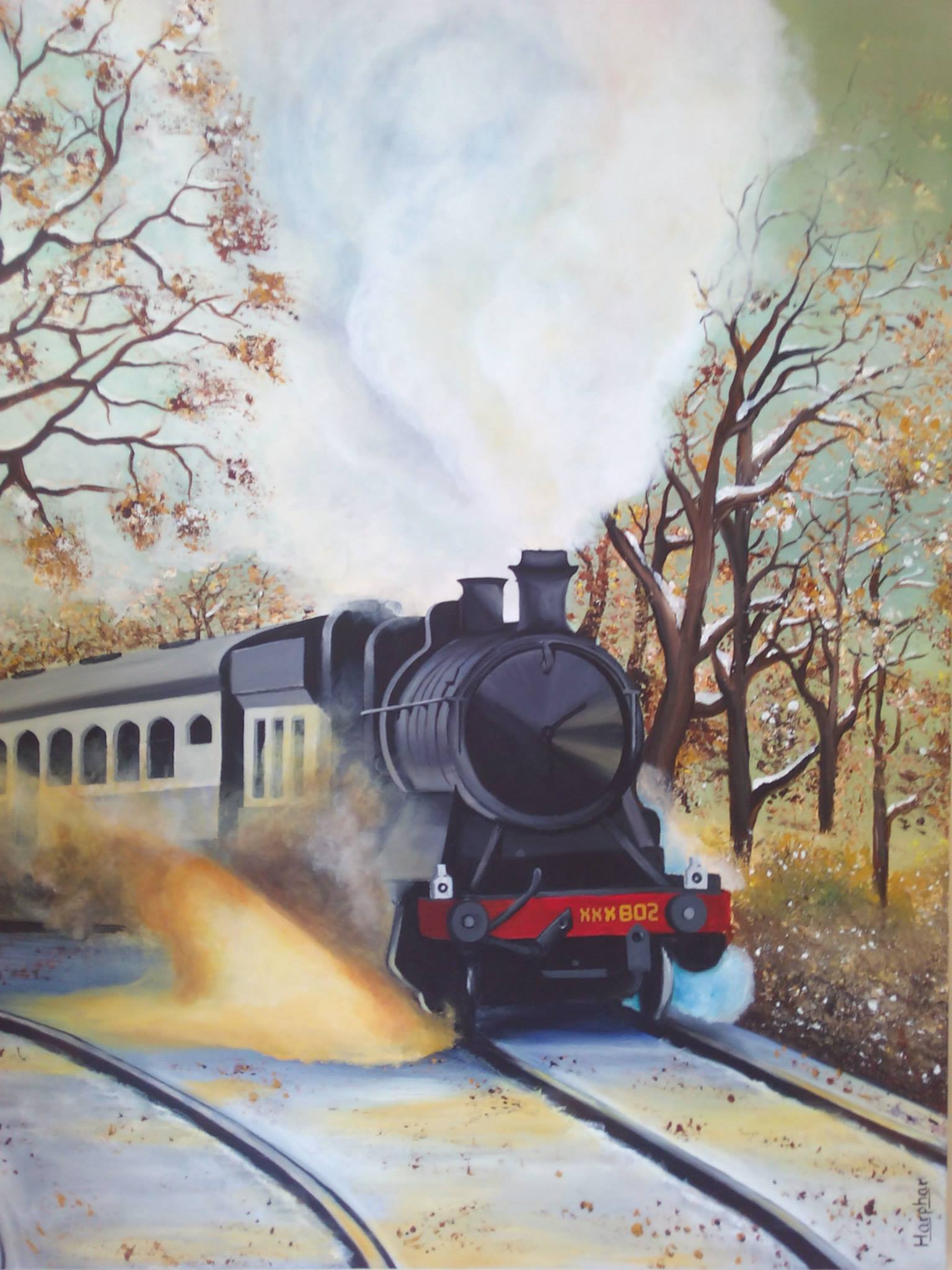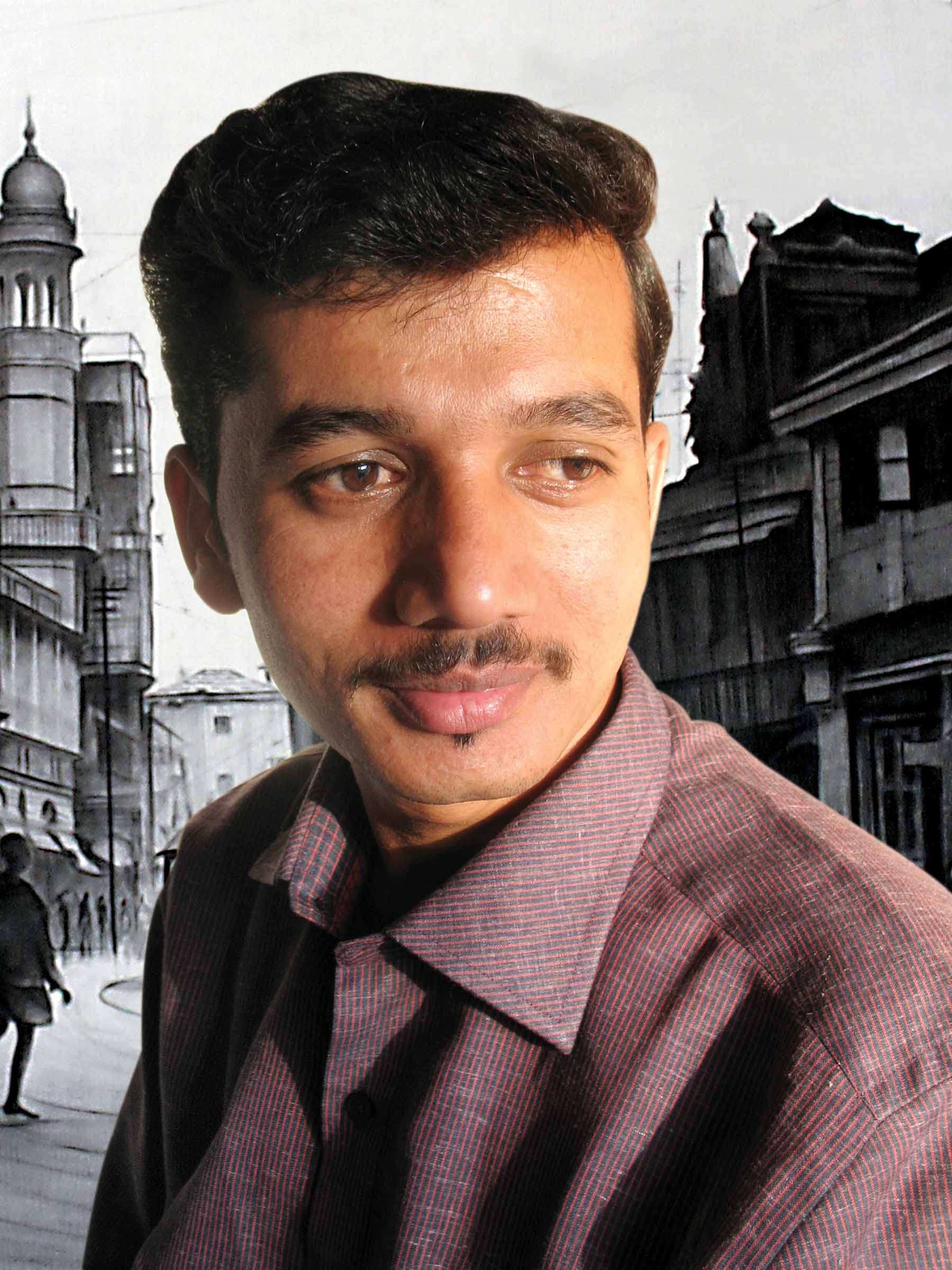
There is no denial to the fact that landscape paintings are capable of providing you with a splendid view of the beauty of nature in any room. While on one hand human’s inherent admiration of the beauty of nature and natural world is the driving force behind the wide-spread popularity of landscape art among both artists and art lovers, on the other hand various artistic movements have brought about variations and various styles within the landscape genre. These styles range from classical Greco-Roman-inspired paintings to the Impressionistic artworks to the surreal and abstract work.
History of Landscape Art
Though artists have been creating landscape backgrounds in their paintings since the Middle Ages; however, landscapes did not evolve as a distinct genre of art until the early seventeenth century. Initially, it were the Dutch painters who were responsible for the development and advances of refined realist methods and techniques for depicting light and weather with paint. In the beginning, these paintings were frowned upon by the art critics and French Academy, who considered landscape paintings which imitated nature and depicted the beauty of nature as it is as lack of imagination. These art critics and the French Academy praised the landscape paintings created by artists such like Claude Lorrain and Nicolas Poussin as these artists did not try to depict a true landscape, but rather brought together the component of nature in order to stimulate emotional response in the viewers.
In the late 18th century and through the 19th century, landscape paintings were associated with technical developments in painting, as the Impressionist artists in France and the naturalistic paintings of John Constable expanded the reach of the genre. By the commencement of the 19th century, the English artists who were held in esteem were landscape painters like Constable and J.M.W. Tuner. Although, they were enjoyed approval and honor among critics, they still had difficulty selling their art works as art lovers and commoners preferred buying history paintings and portraits over buying landscape paintings.
Landscape Art Techniques
Landscape paintings are all about portrayal of natural scenery, such as water bodies, mountains, gorges, forests and pastures on canvases. Usually, the endless blue sky is a pivotal element in these paintings and frequently, weather plays an important role in the overall composition of paintings. When it comes to creating a landscape painting, an artist can either paint it entirely from his imagination or can imitate a scene from nature. A landscape artist can not only evoke different moods with light and shadow, but he can also play with the details in a painting to create a feeling of balance or disruption. In a landscape painting, minute details like the placement of trees, people, or even clouds can immensely affect the overall balance and mood of the painting.
In the mid- 19th century, artists moved out from their art studios and started painting in the outdoors in natural light. Working outdoors was integral to the Barbizon School and Impressionist artists. The advancement in technology and arrival of paint tubes in the 1870s permitted artists to work in the outdoors as before the introduction of paint tubes, artists used to prepare their own paints by grinding and blending powdered color pigments with linseed oil.
Artists Known For Landscape Paintings
There have been many artists who have been committed to depict the beauty of nature in their artworks. It is beyond doubt that eminent landscapist Jean-Baptiste-Corot and the Barbizon School assisted the establishment of a French landscape tradition in the 19th century. Theodore Rousseau was one of the most important and influential member of the Barbizon School. He employed careful brushstrokes to lend vitality to trees and his entire composition. The 19th century witnessed a prominent art movement in America called the ‘Hudson River School.’ Thomas Cole was the leader of this movement. This movement was comprised of landscape artists who were inclined towards romanticism. They captured the Hudson River Valley and its surrounding area, and created some of the famous landscape paintings that attempted to portray the beauty of nature on canvases. John Constable, J.M.W. Turner, Wassily Kandinsky, Henri Matisse, Claude Monet, Camille Pissarro and Alfred Sisley are some of the most notable landscape artists.





















